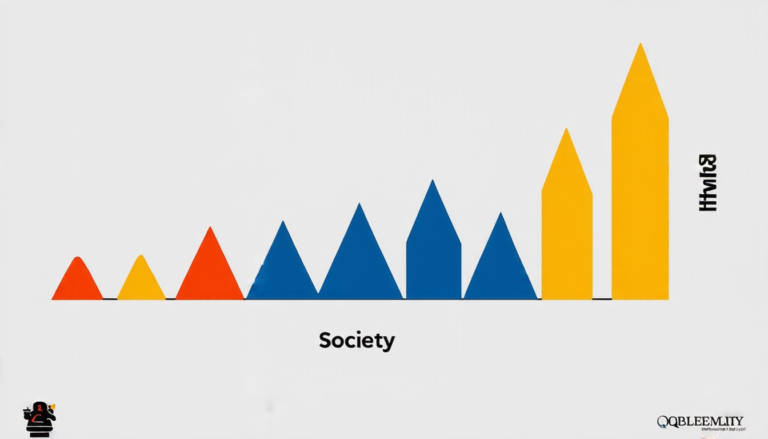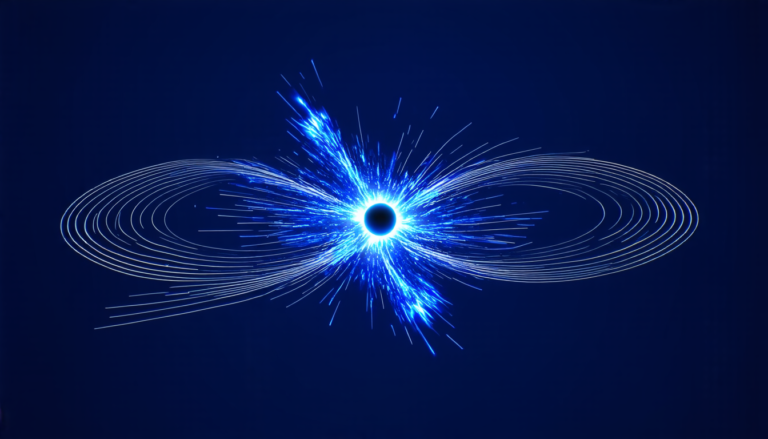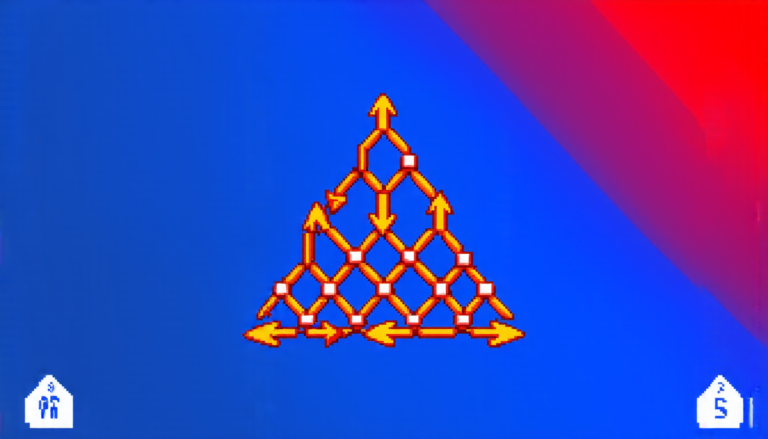Wednesday 09 April 2025
The quest for precision in atomic clocks has led researchers to explore new frontiers, and a recent study sheds light on the intricate dance between silver atoms and laser beams. By precisely controlling the interactions between these particles, scientists can create ultra-accurate timekeeping devices, which have far-reaching implications for fields like navigation, telecommunications, and even fundamental physics.
Atomic clocks rely on the vibrations of individual atoms to keep pace with the passage of time. The key is to calibrate these atomic oscillations to the most precise standards possible. Silver, in particular, has emerged as a promising candidate due to its unique properties. When exposed to laser light, silver atoms can be coaxed into specific energy states, allowing researchers to tune in on their resonant frequencies.
The latest study delves into the intricacies of these energy transitions, focusing on the low-lying states of silver atoms that are crucial for atomic clock operation. By employing advanced computational methods and sophisticated theoretical frameworks, scientists have been able to predict with unprecedented accuracy the energies and polarizabilities of these states.
Polarizabilities, in this context, refer to how easily an atom’s energy state can be influenced by external factors like electric fields or laser light. This property is crucial for atomic clocks, as it affects the stability and precision of their timekeeping. By accurately predicting the polarizabilities of silver atoms, researchers can better understand how these atoms respond to environmental stimuli, ultimately leading to more reliable and accurate clock performance.
The study’s findings are significant not only for the development of next-generation atomic clocks but also for our understanding of fundamental physics. The intricate interplay between silver atoms and laser light provides a unique window into the behavior of matter at the quantum level. By exploring these interactions, scientists can gain insights into the underlying principles governing the universe.
The research is part of a broader effort to push the boundaries of atomic clock technology. As we strive for greater precision in timekeeping, we are also advancing our understanding of the fundamental laws that govern the behavior of matter and energy. This synergy between technology and basic science has far-reaching implications, from enabling more accurate navigation systems to informing our understanding of the universe’s most mysterious phenomena.
The pursuit of precision atomic clocks is a testament to humanity’s enduring quest for knowledge and its ability to harness the power of scientific discovery. As we continue to push the frontiers of what is possible, we are not only advancing our technology but also expanding our comprehension of the intricate web that underlies all matter.
Cite this article: “Unlocking the Secrets of Thoriums Nuclear Clock: A Breakthrough in Atomic Physics Research”, The Science Archive, 2025.
Atomic Clocks, Silver Atoms, Laser Beams, Precision Timekeeping, Navigation, Telecommunications, Fundamental Physics, Polarizabilities, Quantum Level, Scientific Discovery







